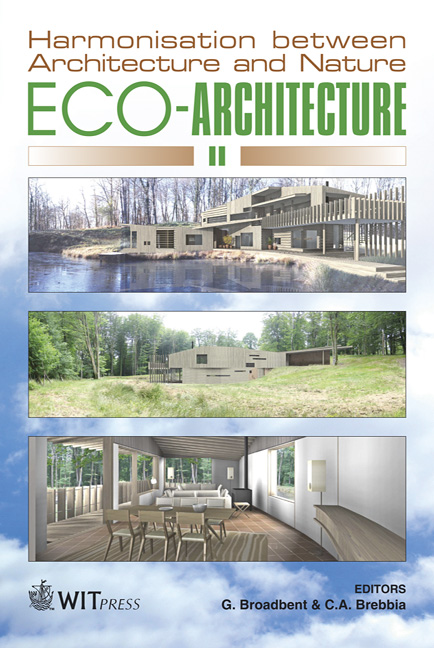Visualizing Sustainability In Urban Conditions
Price
Free (open access)
Transaction
Volume
113
Pages
10
Page Range
253 - 262
Published
2008
Size
3,180 kb
Paper DOI
10.2495/ARC080251
Copyright
WIT Press
Author(s)
T. Shelton
Abstract
Cities present many challenges for the environmentally conscious designer. Sustainability is a complex issue comprised of many overlapping and sometimes contradictory concerns. Overlaid on the inherent complexity of the urban environment, questions of sustainability become even more opaque – lost in a multifaceted network well described by Hough. In such conditions it becomes very difficult for even well informed and well intentioned designers to understand the ramifications of their actions. One of the primary difficulties of sustainable practice in urban conditions is that many of the aspects of urban sustainability are invisible – take for example walkability which may have visible components such as quality of sidewalk or intensity of vehicular traffic but also has many factors that are invisible or not readily seeable such as climate, topography that extends beyond the immediate site, and distribution of amenities. This paper presents research intended to inform designers in the earliest stages of design by making several of these factors visible. Using geographic information visualization (GIV) software multiple aspects of urban sustainability are mapped and visualized. This mapping of previously invisible or partially visible issues in the form of geospatial information provides architects and urban designers with the ability to process and understand information about a particular neighborhood’s sustainability through the means with which they are most accustomed – visual information. As way of example, this research focuses on a particular inner ring neighborhood in Knoxville, Tennessee, USA. Keywords: visualization, mapping, sustainability, urban design.
Keywords
visualization, mapping, sustainability, urban design.





